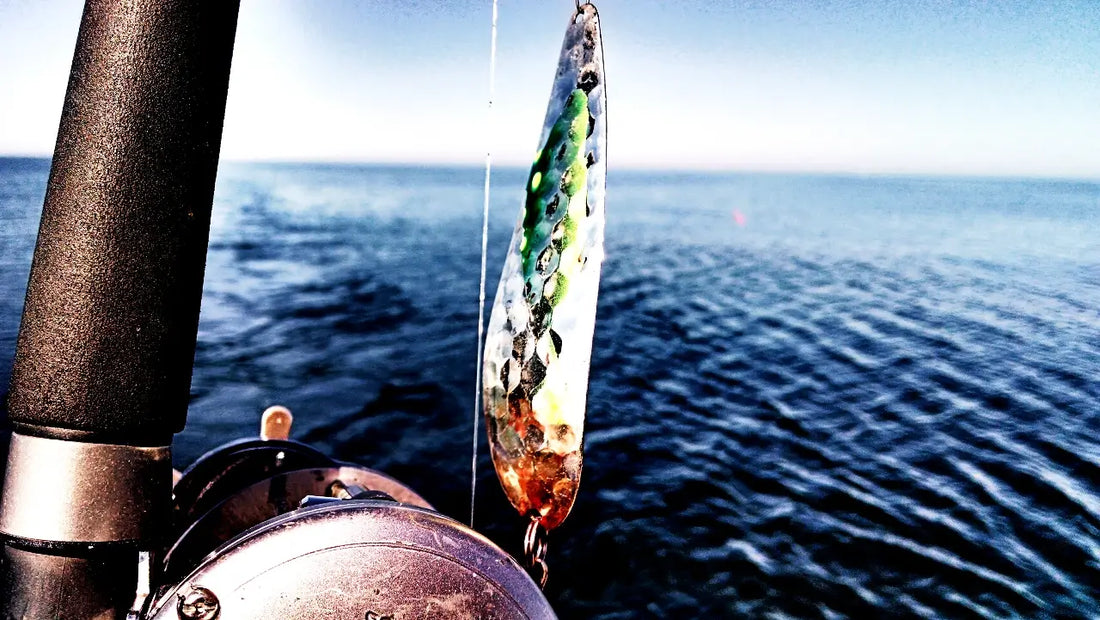After much testing and tweaking with different backing materials and planer boards a few years ago, we came to the unanimous conclusion that braided line was the superior backing material going straight to the planer board. Braid is much lighter, much stronger, much more durable and has zero wind drag compared to heavier stretchier monofilament.
Braid is typically a slippery material, and will easily slip on reel arbors that do not have an arbor post. High end reels like Shimano Tekotas do come with arbor posts, most others do not.
To prevent braid from slipping on the arbor, at least two passes of monofilament line is required. You should not ever use any type of tape, electrical, friction or otherwise. Tape does not completely eliminate arbor slippage under the braid. The only thing tape provides is a melted mess of friction that eventually "catches" under the braid, wearing down the gears that control the arbors rotation and speed also provided by the tension control knob. Backing with as much mono as possible on the arbor of the spool will accomplish two things.
1) Prevent braid slippage on the arbor
2) Fill the bottom of the reel with less expensive mono that will never see the light of day
Rarely in walleye or salmon trolling will we ever have the requirement to deploy over 600 feet (200 yards) of backer into the water, in addition to the copper or leadcore. Bloodline Braid in 65LB test actually breaks over 80lbs, so you can literally tighten your drag completely down and you will not break this braid on a running Great Lakes Salmon or Trout. 200 yards of Bloodline Braid backer is more than enough to send even the furthest inline planer board out (and still see it) while also providing enough backing for a fish to run and not ever come close to taking the bottom mono filler layer off the reel.
Virtually any mono will suffice, something with some bulk to it is adequate, like a .016"-.018" diameter is enough for this purpose. Reel fill charts become a bit more work to figure out, but with this mono-braid backing setup using Bloodline Braid, you could virtually never have to replace your backing material for many many years.
Remember when spooling up Bloodline Braid, or any braided line as backing material...you must wind it on with as much tension as possible. Almost to the point of melting the plastic spool! This is best accomplished by utilizing a second person wearing a set of welding gloves and applying extreme tension to the spool during the winding process. The reel that is winding should be set on full drag.
Another method to ensure complete tension while winding on braid is to wind on the spool of braid as tightly as you can onto an empty trolling reel. Then, apply full drag to that trolling reel, and reel the braid "off" onto your actual reel that you are looking to fill, also on full drag. This reduces the heat buildup and requirement to hold the spool by a second person.

